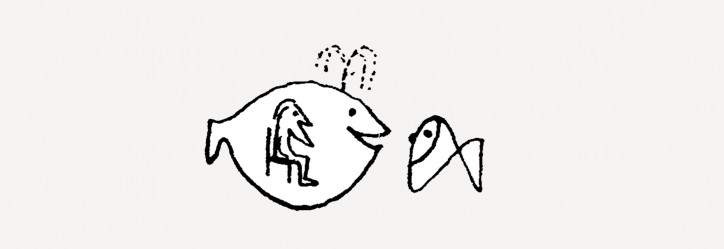
For now it’s still a secret, but PRZEKRÓJ Foundation and the Captain Boomer collective are planning another project together. I talked to Bart Van Peel, who is the originator of the Belgian art collective’s projects. We discussed, among other things, the whale that aroused curiosity and inspired awe on a Vistula riverbank three years ago.
In December 2017, the figure of a several-meters-long whale washed up on a riverbank in Warsaw. As time passed by, it turned out that the whale was actually a sculpture by the Belgian collective Captain Boomer, which had been brought to Warsaw by our quarterly magazine.

Łukasz Kaniewski: How was the idea for the whale born? What is the main theme of this performance for you: ecology or death?
Bart Van Peel: I live about one hour from the sea, and about every ten years it happens that a sperm whale throws itself on the Belgian coast and dies there. Thousands of people go to see it. And you have that very dramatic encounter of this giant from the deep sea, powerless on land, and the powerless people standing around. It has always struck me as a primordial scene. Extreme; beautiful; mysterious.
I remember that I started








